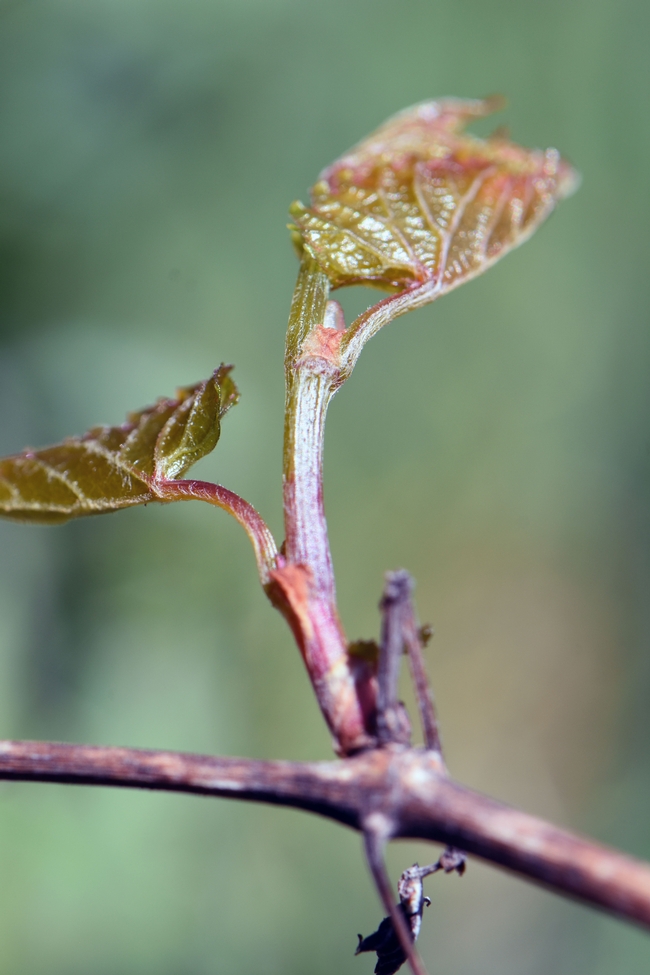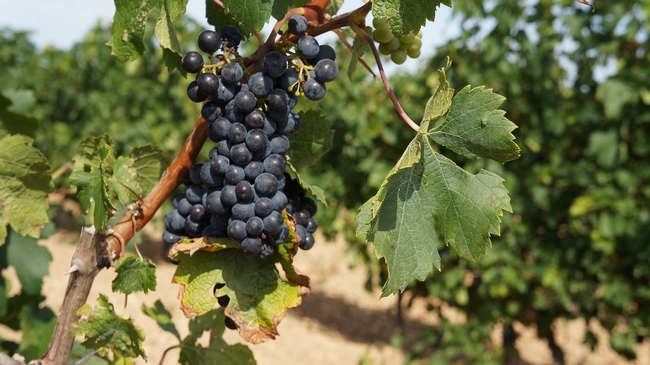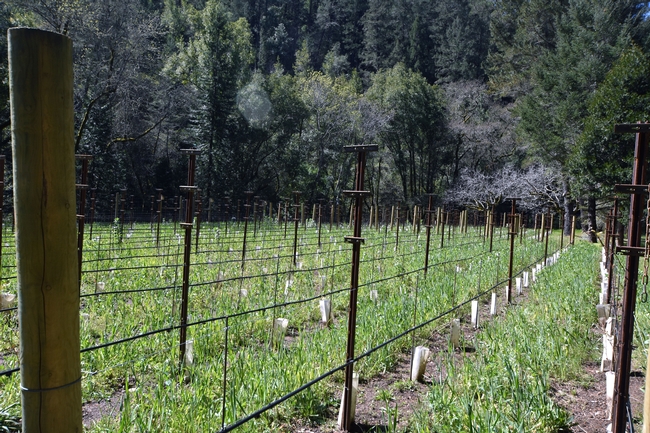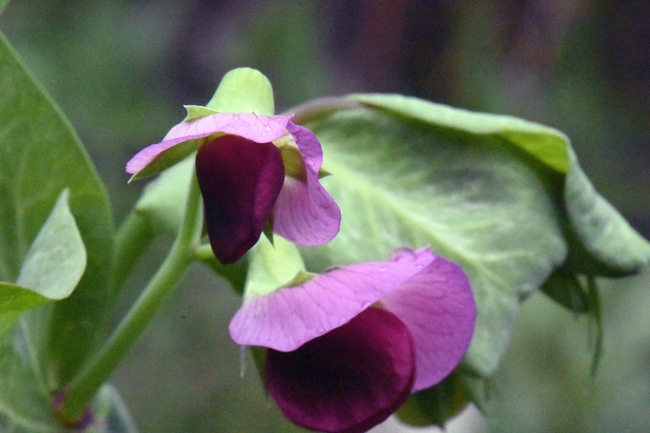Editor's note: Master Gardeners are keeping busy in their own gardens during Napa County's “Shelter in Place” directive. It's spring, it's getting warmer, it's a great time to work in the garden! Here's how Master Gardeners are spending their time:
by Cynthia Kerson


For the first two years, we were so involved with our home renovations that we allowed the birds to enjoy the grapes already there. The third and fourth years we made jam. Some said it was the best jam they'd ever had, and others lamented the use of lovely Merlot grapes (while still enjoying the jam). Continuing to watch the yield diminish from the most recent harvest, we consulted a viticulturist and were told what we didn't want to hear: these vines were not properly cared for and should be replaced. Now we are replacing those vines and doubling the spacing between them to adhere to modern farming styles.
When first planting a vineyard, a few things need thorough consideration:
- Soil type and quality
- Sun exposure and pattern
- Water table
- What root stock to use
- What to graft
- What to do with the grapes when they are finally ready to harvest.
Last April and May, the rows and the drip system were installed. In June the root stock, 1103P (Paulsen) berlandieri x rupestris, was planted.
This rootstock is resilient to the main problems with grapes: phylloxera and root knot, and are very tolerant to many different soil types and irrigation conditions. Our soil is loamy-clay, and tested mid-range on pH, which is acceptable to grapes. Our water table is a mere 15 or so feet below ground.

The planting process is to site the rootstock first and then graft the varietal(s) a year or two later, depending on the vigor of the vine trunk. Ours are doing well and it looks like we'll be grafting Cabernet Sauvignon, Cab Franc, and Merlot this spring. Since we live on Mt. Veeder and have about four hours less per day of sunlight than the valley floor, we needed to choose our bud types wisely. We purchased fast ripening Cab clone 47, fast ripening Cab Franc clone 11 and Merlot clone 26. 
We'll keep you posted - wish us luck!
Informational links:
CAWSI-California Ag Water Stewardship Initiative-dry farming info: http://agwaterstewards.org/practices/dry_farming/
USDA web soil survey info: https://websoilsurvey.sc.egov.usda.gov/App/HomePage.htm
UCMG Sacramento Co.-Grape info: http://sacmg.ucanr.edu/Growing_table_grapes/
UCANR Rootstock selection: https://ucanr.edu/sites/intvit/files/24347.pdf
Cover cropping in vineyards: http://cecentralsierra.ucanr.edu/files/96232.pdf
During Napa County's shelter in place directive that protects everyone's health and safety, Napa Master Gardeners are available to answer garden questions by email: mastergardeners@countyofnapa.org. or phone at 707-253-4143. Volunteers will get back to you after they research answers to your questions.
Visit our website: napamg.ucanr.edu to find answers to all of your horticultural questions.
Photo credits: Merlot grapes- Free use photo, no attribution required; All other photos: Cynthia Kerson